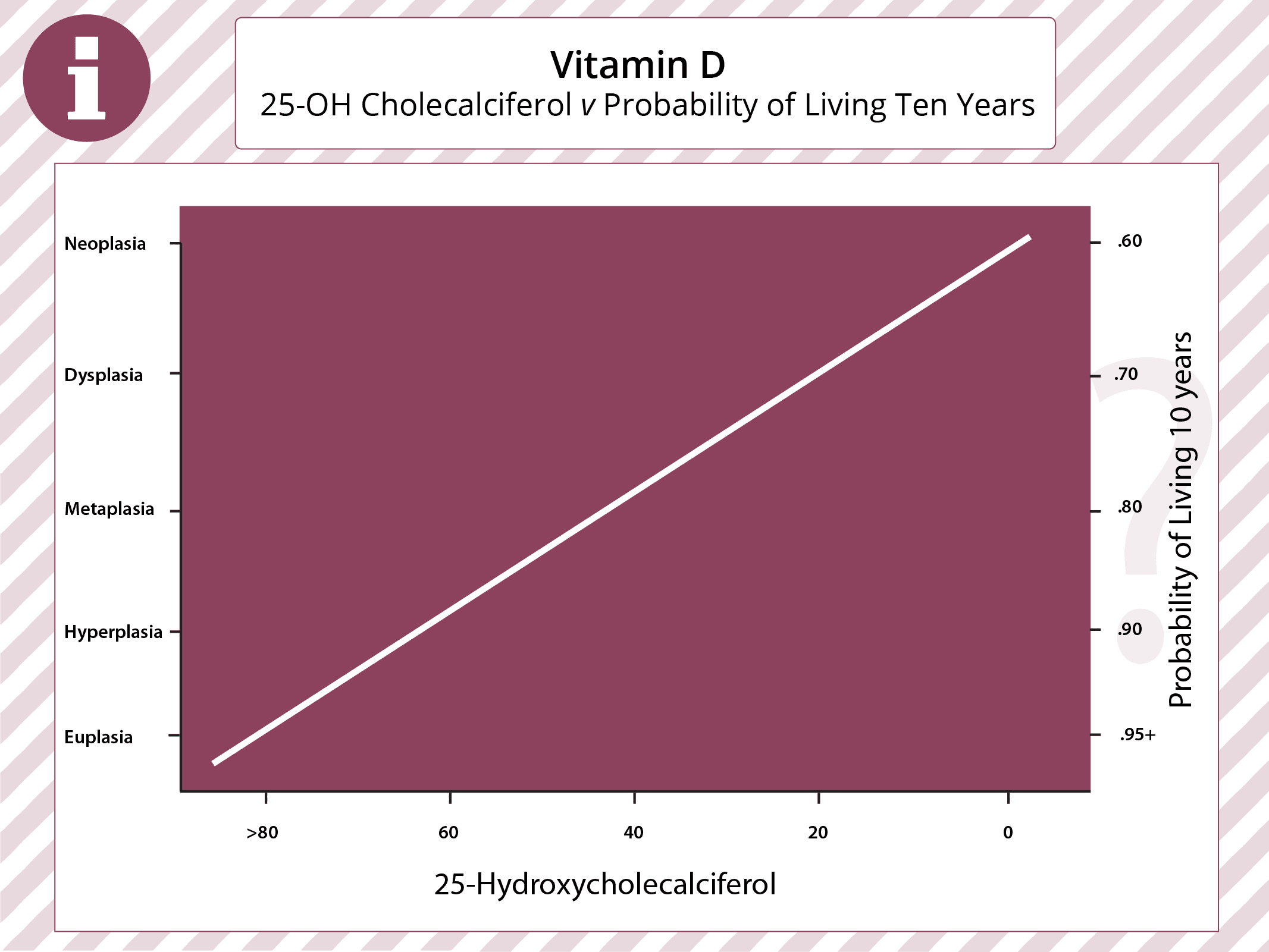The medical literature currently contains more than 50,000 articles on vitamin D. Vitamin D levels play a significant role in a number of systems in the body, including immune and neurological regulation, and bone health. When levels of this nutrient are low, that increases the risk of cancer and heart disease, the risk of autoimmune disorders, and the risk of psychiatric and mood problems.
In addition, according to the National Institutes of Health, vitamin D may play a role in prevention and treatment of type 1 and type 2 diabetes, hypertension, multiple sclerosis, and other medical conditions.
Vitamin D:
Moderates cell division – Vitamin D is a hormone whose function is to provide vital communication links between cells, normalize cell growth, and avoid aggressive cell production.
Prevents autoimmune disorders – Built into the immune system are control mechanisms that prevent immune activity from causing damage due to inflammation—Vitamin D is essential to the function of these control mechanisms.
Reduces inflammation in the brain and nervous system – Vitamin D moderates inflammatory processes in the neurological system. This is particularly important, since the brain lacks the regulatory systems to moderate inflammation effectively.
Knowing the status of vitamin D is essential to correct any nutrient depletion.
The preferred test of Vitamin D assessment is the measurement of the metabolite 25 dihydroxy cholecalciferol ( 25 OH-D) and should be in the range of 50-80 ng/dl.

Predictive Biomarkers
Hemoglobin A1c: Measure of efficiency of sugar/insulin/energy conversion. read more
High sensitivity C-Reactive Protein: Repair and inflammation immune status. read more
Cardiac Risk. read more
Test for immune memory/immune response to up to 491 items. read more
Assess mineral need and cell acid/alkaline balance. read more
Vitamin D level for cell communication status. read more
Oxidative stress and antioxidant status in cell envelope (membrane). read more
(8-hydroxy-2′-deoxyguanosine (8OHdG): Oxidative stress and antioxidant status in cell nucleus. read more
